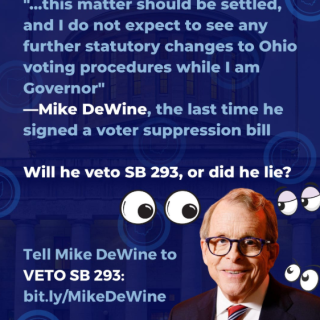The Medicare for All Act of 2019, is scheduled to be introduced into the Congressional House by Congresswoman Pramila Jayapal of Washington State this coming Wednesday, February 27th. She hoped to have more than 100 cosponsors at the time the bill is introduced.
Medicare for All of 2019 is a rewrite of HR 676, first introduced in 2003, but never had a hearing. The bill will cover 100% of the cost of necessary medical care: Inpatient and outpatient care; preventive care; emergency care; primary care; specialty care; vision, hearing and dental care; mental health and substance abuse services; prescription medications; medical equipment, supplies, diagnostics and treatments; long term care; comprehensive reproductive, maternity, and newborn care; pediatrics; dietary and nutritional services; podiatric care; emergency services and transportation; early and periodic screening, diagnostic and treatment services; necessary transportation for health care services for persons with disabilities, or who may qualify as low income; long term care services and supports. (I know, it’s a long list…but I want you to know how complete it is!) The bill provides for no copays or deductibles.
The Bill makes provision for those who will lose their jobs in the administrative sector of healthcare. Funds are allocated for job training and unemployment insurance for displaced workers. Transition protections will ensure a just transition for unemployed workers.
What does this Bill mean?
No one will go bankrupt because of medical bills as about 600,000 Americans and their families now face annually. In fact, no one will ever see a medical bill. “The fear” of “how am I going to pay for this accident or illness?” will be gone. Your health care card will be the “key” that opens all of necessary health care services for you.
People can see any licensed medical provider, because there will be no “in network or out of network” providers.
How will it be paid for? While no payment mechanism is associated with this bill, Medicare, which began in 1965, provides a good clue. Current Medicare pays 80% of necessary medical service for Seniors over 65. Congress has not raised Medicare taxes of 1.45% on income, and 1.45% on employers’ payroll since 1986. Medicare has even survived Part D of Medicare in 2003, in which Congress did not increase the tax for drugs and durable medical equipment (like insulin pumps), nor did Congress enable Medicare to negotiate prices for drugs. Instead the costs of Part D were absorbed by Medicare’s frugal operations, spending less than 2% of revenue on administration. (When the Affordable Care Act, “aka” Obama Care was enacted, health Insurers were very upset that they were limited to only 20% of premiums for “administration.”)
Based on a financial study of the Ohio Health Security Act, (spanohio.org) completed last year, I would expect that current insurance premiums would be replaced by a 10-12% payroll tax, that I hope would be progressive as the study suggests for Ohio.
Administrative costs for health care should be reduced from the current 31%, to less than 10%. Costs for drugs should be reduced by 40-50% from retail through negotiated prices with drug manufacturers, a level that the Veterans Administration (VA) has achieved since 1930.
All this being said, I would expect the cost of health care through this bill, to be reduced in the U.S. in a few years from about 19% of GDP to 10-12% of GDP, similar to what other countries spend, while covering all of their residents.
This should enable everyone to have freedom from worry, freedom that additional money provides for food, clothing, shelter and transportation. Doctors will be free to practice medicine, instead of having to play “Mommy may I” with health insurers. Doctors will have lower overhead because of less administrative needs, and be able to spend more time with patients, all of whom will be “paying patients.” Companies that already have been providing health insurance will experience financial relief with predictable health care costs year over year, and HR professionals will not have the distressing job of negotiating with health insurers every year over contracts that few can really understand. Labor unions would have freedom to negotiate real wage and salary benefits for their members, without the worry about what they are going to have to “give back” to pay for health care. Public entities who hire police, fire, teachers, will save money that can be used for their essential missions, and their retirement systems have freedom to give real retirement benefits to their members without worry about whether they will be able to afford health care for them.
While I think that this bill is terrific from a “benefit perspective”, no one is going to come along and “hand it to us on a silver platter.” It is going to be a real tough struggle to get it passed through the Congressional House, then the Senate, and finally get it signed into law. But this is where we are.
So, everyone, head’s up! Call your member of the Congressional House. Encourage him or her to become a cosponsor. Let him or her know how you have been impacted by health care bills, and how much you need this. Ask your relatives and friends to do the same. And call every month…And call every month.
Medicare for All is what we need! Medicare for All is what we want!



